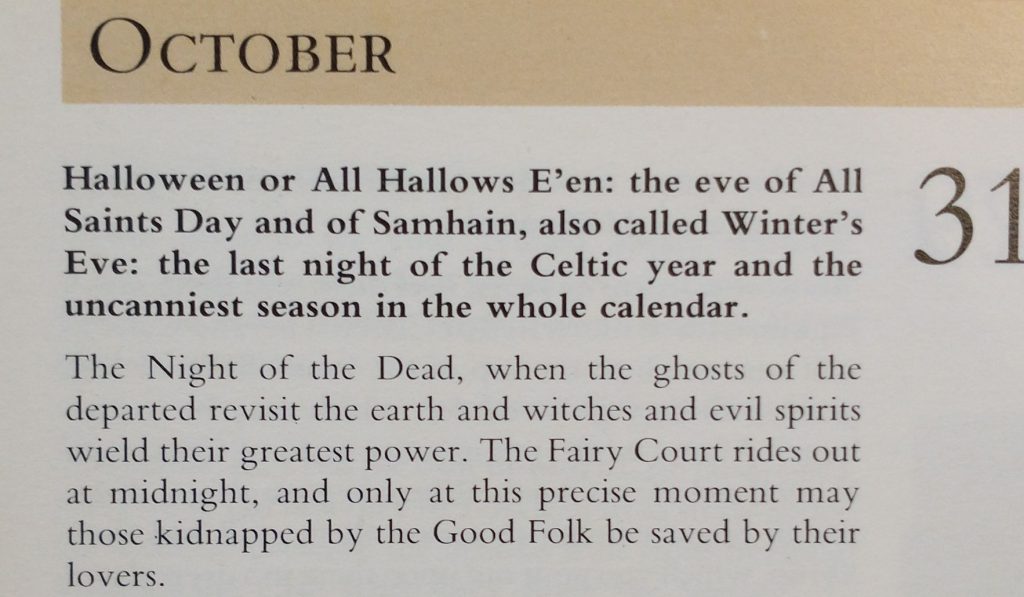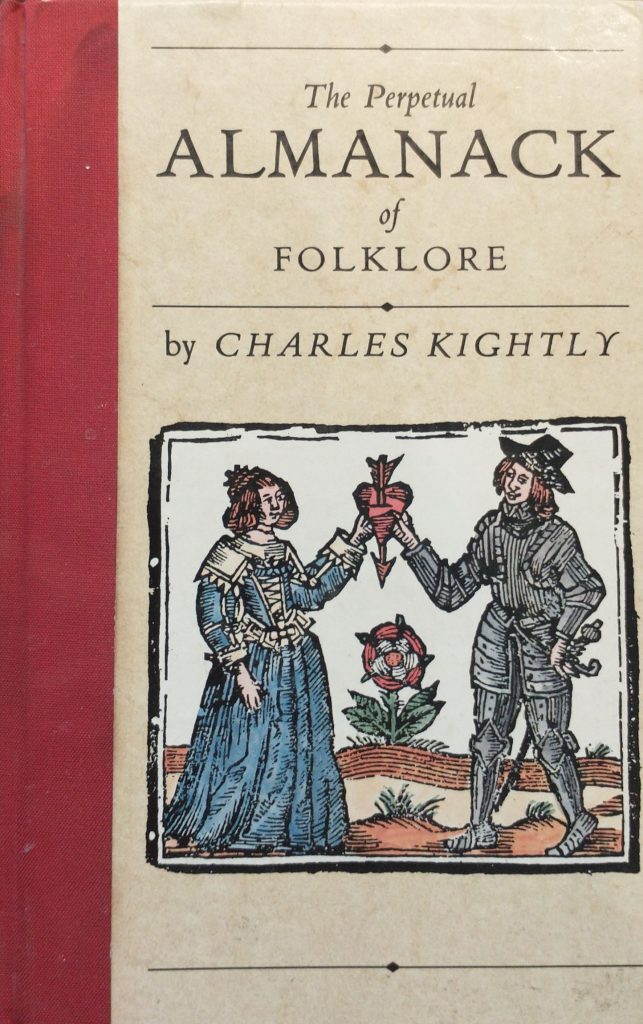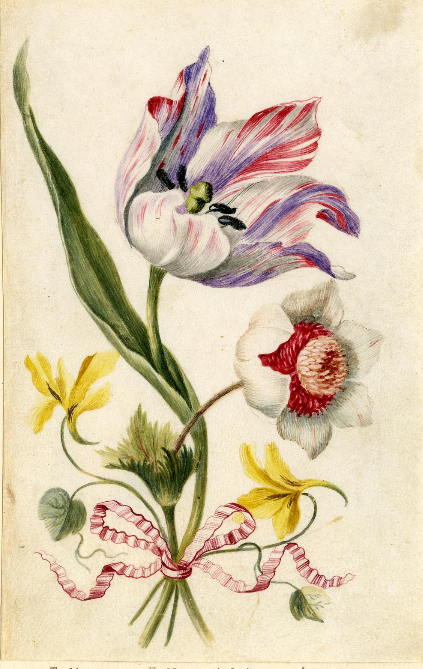
This is a revision of a page I wrote on 31st October 2022.
I began my perpetual Almanac of the Past two years ago on the 31st October 2021. This was the first line:
‘This blog is to celebrate the Year. I will post, hopefully, once a day, so we can follow the seasons, as they happen naturally, and as people in Britain and Ireland have responded to the changes in the year.’
It was inspired by Charles Knightly’s book, which is a pot-pourri of folklore taken mostly from old Almanacs. I haven’t managed to post every day, nearly managed it in the winter but falling badly behind in the Summer when I take Road Scholar groups around the UK. My plan is to improve key posts and repost, and to fill in the gaps. Another aim is to give my Almanac more London specific content.

I started on Halloween because Samhain (pronounced Sow-in) was the beginning of the year for the Celtic world. It may mean Summer’s End. In Wales, it is Calan Gaeaf (first day of winter) and Kala Goafiv (beginning of November in Brittany).
For the Romans, it is the day that Adonis is injured hunting a wild boar, against his lover, Venus’s advice, he descends to the underworld. Nature withers and dies until he comes back. His blood stains a flower and was transformed into the Crimson Anemone. There is a similar story in Babylon of Ishtar and Tammuz.

Binyon 1898-1907 / Catalogue of drawings by British artists, and artists of foreign origin working in Great Britain (5(c))
He comes back again on May Day when he meets Venus again the world flourishes and is bright and warm.
Julius Caesar says the Gauls venerated the God Dis Pater on this day – an aspect of Pluto, the God of the Underworld, ruler of the Dead. There was a Roman Festival on the Kalends of November dedicated to Pomona, the goddess of the fruit of trees. This may influence the use of Apples, which are prominent in Halloween festivities.
Discover more from And Did Those Feet
Subscribe to get the latest posts sent to your email.
